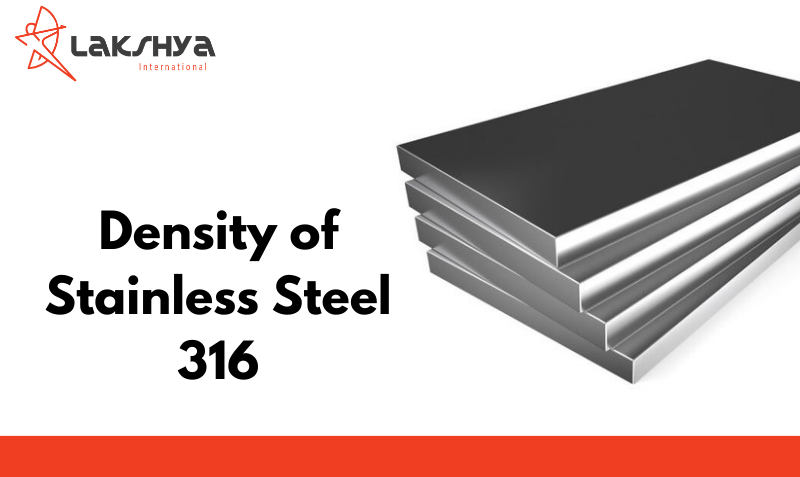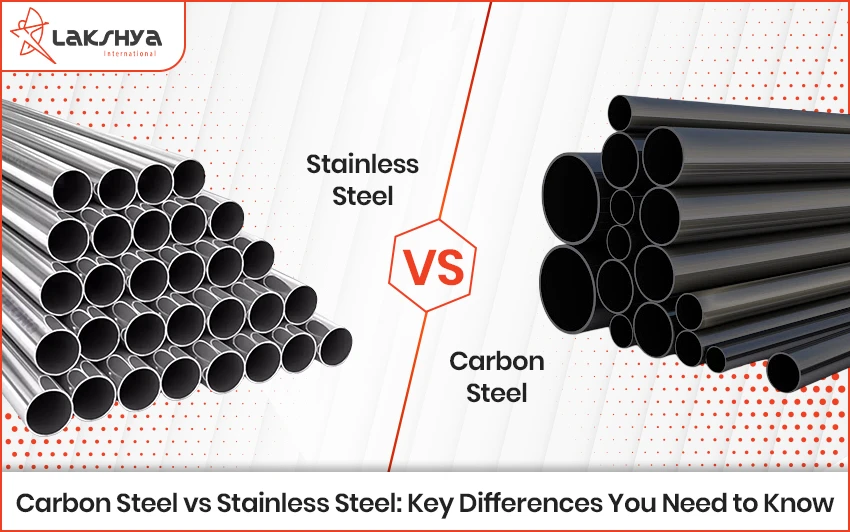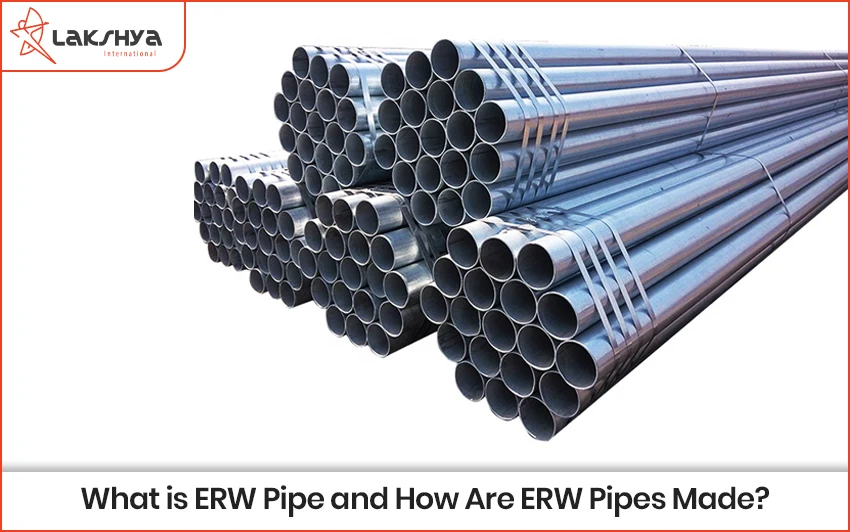Stainless steel 316 is an incredibly versatile material widely used in various industries due to its excellent strength, corrosion resistance, and durability. But have you ever wondered about ss density? This guide delves into everything you need to know about stainless steel 316 density, including its definition, applications, and why it matters.
What is Stainless Steel 316?
Stainless steel 316, also known as UNS S31600, belongs to the austenitic family of stainless steels. It is characterized by its high chromium content (16-18%) and molybdenum addition (2-3%). This composition grants it superior corrosion resistance, particularly in chloride-rich environments, compared to other grades like 304. Additionally, 316 stainless steel excellent formability, weldability, and mechanical properties make it a versatile material used in various industries, including:
- Food processing: Equipment and utensils
- Marine: Boat fittings and hardware
- Chemical processing: Tanks and pipelines
- Architectural: Building facades and decorative elements
- Medical: Surgical instruments and implants
What is the Density of Stainless Steel 316 in kg/m3, g/cm3, lb/in3, lb/ft3
The density of stainless steel 316 is 7980 kg/m3 or 8.0 g/cm³ (0.289 lb/in³00). This density is slightly higher than other common stainless steel 304 is 7930 kg/m³ or 7.93 g/cm³ (0.286 lb/in³) due to the addition of molybdenum, which enhances its corrosion resistance.SS 304 is less dense than stainless steel 316, but somewhat denser than stainless steel 430 at 7750 g/m3.
Stainless Steel – Grade 316 (UNS S31600)
| Material: | Stainless Steel – Grade 316 (UNS S31600) |
| Composition: | Fe/<.03C/16-18.5Cr/10-14Ni/2-3Mo/<2Mn/<1Si/<.045P/<.03S |
| Property | Minimum Value (S.I.) | Maximum Value (S.I.) | Units (S.I.) | Minimum Value (Imp.) | Maximum Value (Imp.) | Units (Imp.) |
| Atomic Volume (average) | 0.0069 | 0.0072 | m3/kmol | 421.064 | 439.371 | in3/kmol |
| Density | 7.87 | 8.07 | Mg/m3 | 491.308 | 503.794 | lb/ft3 |
| Energy Content | 91 | 111 | MJ/kg | 9858.82 | 12025.6 | kcal/lb |
| Bulk Modulus | 134 | 152 | GPa | 19.435 | 22.0457 | 106 psi |
| Compressive Strength | 170 | 310 | MPa | 24.6564 | 44.9617 | ksi |
| Ductility | 0.3 | 0.51 | 0.3 | 0.51 | NULL | |
| Elastic Limit | 170 | 310 | MPa | 24.6564 | 44.9617 | ksi |
| Endurance Limit | 256 | 307 | MPa | 37.1296 | 44.5265 | ksi |
| Fracture Toughness | 112 | 278 | MPa.m1/2 | 101.925 | 252.993 | ksi.in1/2 |
| Hardness | 1700 | 2200 | MPa | 246.564 | 319.083 | ksi |
| Loss Coefficient | 0.00095 | 0.00148 | 0.00095 | 0.00148 | NULL | |
| Modulus of Rupture | 170 | 310 | MPa | 24.6564 | 44.9617 | ksi |
| Poisson’s Ratio | 0.265 | 0.275 | 0.265 | 0.275 | NULL | |
| Shear Modulus | 74 | 82 | GPa | 10.7328 | 11.8931 | 106 psi |
| Tensile Strength | 480 | 620 | MPa | 69.6181 | 89.9234 | ksi |
| Young’s Modulus | 190 | 205 | GPa | 27.5572 | 29.7327 | 106 psi |
| Glass Temperature | K | °F | ||||
| Latent Heat of Fusion | 260 | 285 | kJ/kg | 111.779 | 122.527 | BTU/lb |
| Maximum Service Temperature | 1023 | 1198 | K | 1381.73 | 1696.73 | °F |
| Melting Point | 1648 | 1673 | K | 2506.73 | 2551.73 | °F |
| Minimum Service Temperature | 0 | 0 | K | -459.67 | -459.67 | °F |
| Specific Heat | 490 | 530 | J/kg.K | 0.379191 | 0.410145 | BTU/lb.F |
| Thermal Conductivity | 13 | 17 | W/m.K | 24.3364 | 31.8246 | BTU.ft/h.ft2.F |
| Thermal Expansion | 15 | 18 | 10-6/K | 27 | 32.4 | 10-6/°F |
| Breakdown Potential | MV/m | V/mil | ||||
| Dielectric Constant | NULL | |||||
| Resistivity | 69 | 81 | 10-8 ohm.m | 69 | 81 | 10-8 ohm.m |
SS 316 Mechanical Properties
| Grade | Tensile Str (MPa) min | Yield Str 0.2% Proof (MPa) min | Elong (% in 50 mm) min | Hardness | |
| Rockwell B (HR B) max | Brinell (HB) max | ||||
| 316 | 515 | 205 | 40 | 95 | 217 |
| 316L | 485 | 170 | 40 | 95 | 217 |
| 316H | 515 | 205 | 40 | 95 | 217 |
316 Stainless Steel Physical Properties
| Grade | Density(kg/m3) | Elastic Modulus (GPa) | Mean Co-eff of Thermal Expansion (µm/m/°C) | Thermal Conductivity (W/m.K) | Specific Heat 0-100 °C (J/kg.K) | Elec Resistivity (nΩ.m) | |||
| 0-100 °C | 0-315 °C | 0-538 °C | At 100 °C | At 500 °C | |||||
| 316/L/H | 8000 | 193 | 15.9 | 16.2 | 17.5 | 16.3 | 21.5 | 500 | 740 |
SUS 316 Stainless Steel Environmental Properties
| Resistance Factors1=Poor 5=Excellent | |
| Flammability | 5 |
| Fresh Water | 5 |
| Organic Solvents | 5 |
| Oxidation at 500C | 5 |
| Sea Water | 5 |
| Strong Acid | 5 |
| Strong Alkalis | 5 |
| UV | 5 |
| Wear | 4 |
| Weak Acid | 5 |
| Weak Alkalis | 5 |
Why do you need to know the density of stainless steel 316?
Knowing the density of 316 stainless steel is important for several reasons:
- Weight calculations: When designing or purchasing components, knowing the density allows you to accurately calculate the weight of the material based on its volume. This is crucial for logistics, structural calculations, and ensuring equipment operates within safety limits.
- Material cost estimation: By knowing the density and price per unit volume, you can estimate the total cost of the material required for a specific project.
- Material selection: Comparing the density of different materials can help you choose the most suitable option for your application. For example, if weight is a critical factor, a material with a lower density might be preferred.
- Performance prediction: Density plays a role in various material properties like strength, stiffness, and thermal conductivity. Understanding the density helps predict how the material will perform in specific applications.
Conclusion
Knowing the density of stainless steel 316 is crucial for various applications. This information enables accurate weight calculations, material cost estimations, informed material selection, and performance predictions. By understanding the density of 316 stainless steel, you can optimize your designs and ensure the successful implementation of your projects.
Read More:
Stainless Steel 304 – 1.4301 Density: SS 304 is a flexible and high-performance alloy. This blog will go into the world of Stainless Steel 304 1.4301 Density, Weight, Physical, Mechanical, and other related topics.
Stainless Steel 304 Pipe Price List: SS 304 Pipe Price is directly or indirectly affected by the demand and availability of raw materials or components used in the production of these versatile pipes. This blog article give all detailed information about the Stainless Steel 304 Pipe Price List.




